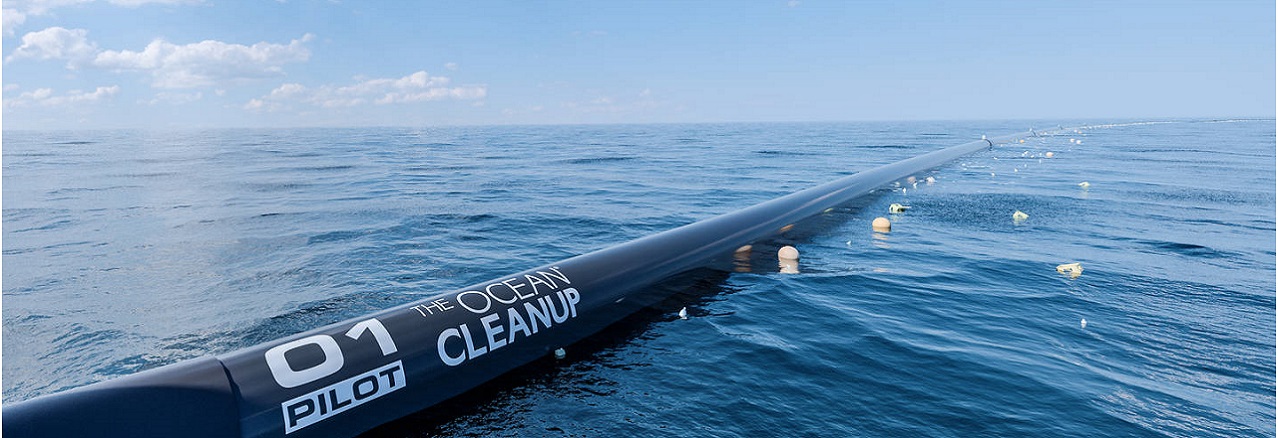Introducing the largest cleanup in history: The Ocean Cleanup
Right now there is approximately 5 trillion yes trillion pieces of plastic littering the ocean.
If left to circulate, the plastic will impact our ecosystems, health and economies. Solving it requires a combination of closing the source, and cleaning up what has already accumulated in the ocean.
The Ocean Cleanup is designing and developing the first feasible method to rid the world’s oceans of plastic. Every year, millions of tons of plastic enter the ocean. A significant percentage of this plastic drifts into large systems of circulating ocean currents, also known as gyres. Once trapped in a gyre, the plastic will break down into micro plastics and become increasingly easier to mistake for food by sea life.
The Process – How can we use these ocean currents to our advantage?
Cleaning up the Great Pacific Garbage Patch using conventional methods e.g. vessels and nets would take thousands of years and tens of billions of dollars to complete.
The Ocean Cleanup is developing a passive system, using the ocean currents as its driving force to catch and concentrate the plastic. By suspending a large sea anchor in a deep, slow moving water layer, we can slow down the system enough so that the plastic moves faster than the cleanup system. This will cause the plastic to accumulate against the cleanup system. Due to the screen’s U-shape, the plastic is funneled towards the centre of the system. The highly concentrated debris is buffered until it is extracted and shipped to land.
Check the video> https://www.youtube.com/watch?time_continue=4&v=jS2RZz3Gk_k
The Impact and Breakthrough
Their models indicate that a full-scale system roll-out could clean up 50% of the Great Pacific Garbage Patch in 5 years!
Research shows the majority of plastic by mass is currently in the larger debris. By removing the plastic while most of it is still large, we prevent it from breaking down into dangerous micro plastics.
Combining the cleanup with source reduction on land paves the road towards a plastic free ocean by 2050.
The Ocean Cleanup has also been investigating how to reuse the material once it is back on shore. Initial work on ocean plastic recycling shows material can be turned into high quality products. Imagine your next phone, chair or sunglasses could be made from plastic retrieved from the Great Pacific Garbage Patch. By selling their branded material for reuse, they aim to eventually make the cleanup self-sustainable.



This is the same idea that I had last year . the fact that it is happening is immense. there is a huge potential for cleaning up the Oceans there is also no price on looking after our environment it is priceless. The amount of ideas I have for cleaning the ocean are many.